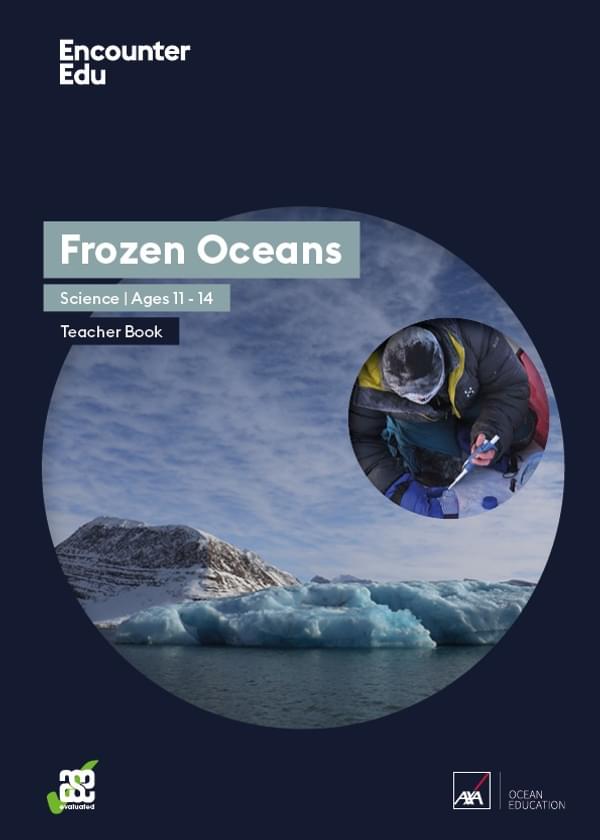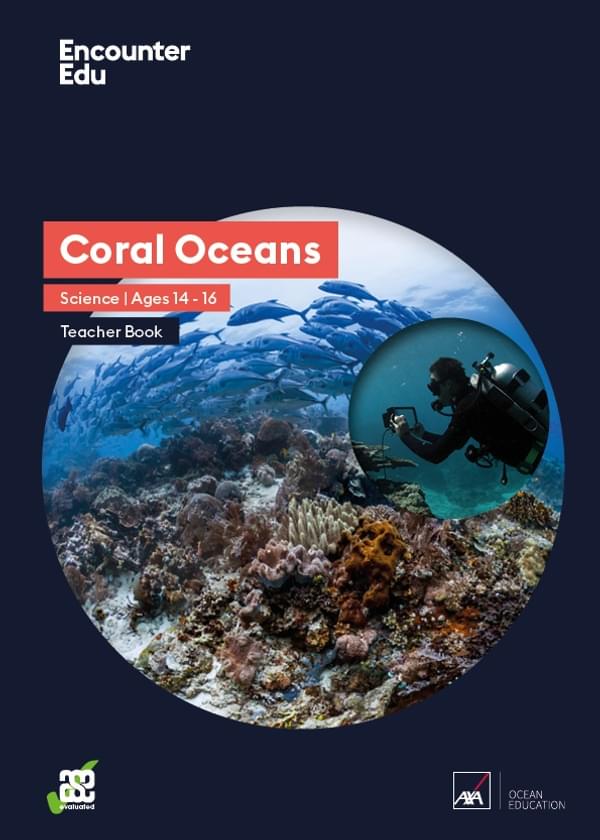Ocean acidification in a cup
This activity shows how water becomes more acidic when carbon dioxide is bubbled through it. Thus, it demonstrates the link between carbon dioxide in the atmosphere and a process called ocean acidification, a change in the pH, or acidity, of the ocean. This change in ocean chemistry has an impact on many living things in the oceans including coral polyps, clams, prawns, and other sea life.
Ages 10+
30 minutes
(10 minutes preparation)
Part of:
AXA Ocean EducationIt is best to use water that has been boiled and then cooled. This lessens the amount of calcium carbonate in the water, which can slow the process of acidification.
Activity steps - Blowing through water
- Fill two clear cups two thirds full with water.
- Take a drinking straw and blow through the water of one of the cups. This bubbles the carbon dioxide from exhaled breath through the water.
- Taking a rest every 15 seconds, blow for 2 to 3 minutes through the water.
- Before pouring your red cabbage indicator into each of the cups, try to predict how the colour of the indicator may change. Hint: the red cabbage indicator will turn pinker if the water is more acidic and bluer if the water is less acidic.
- Pour 50ml of red cabbage water into each cup and observe the difference between the water in the two cups.
If you want to see a more dramatic difference between two cups of water, try this method.
Activity steps - Using still and sparkling water
- Fill one clear cup with tap water and one with sparkling water.
- Before pouring your red cabbage indicator into each of the cups, try to predict how the colour of the indicator may change. Hint: the red cabbage indicator will turn pinker if the water is more acidic and bluer if the water is less acidic.
- Pour 50ml of red cabbage water into each cup and observe the difference between the water in the two cups.
Safety guidance
- Each participant will need their own straw.
- To avoid dizziness due to excessive exhalation, participants should swap who is blowing every 30 seconds.
- Participants should carry their containers with two hands, carefully observing the environment around them. Spills and breaks should be reported to an adult immediately.
Brought to you by


Science | Ages 11-14
Frozen Oceans
The Frozen Oceans Science resources introduce working scientifically concepts and skills to 11-14-year-olds through enquiry-based lessons which replicate work done by field scientists in the Arctic.

Science | Ages 14-16
Coral Oceans
This Coral Oceans GCSE Science unit of work challenges students to think about the impact they have on coral reefs as they study their importance, the consequences of threats and how to protect them. The cumulative approach to this unit means students will develop skills throughout to complete a decision-making exercise in the last lesson.


